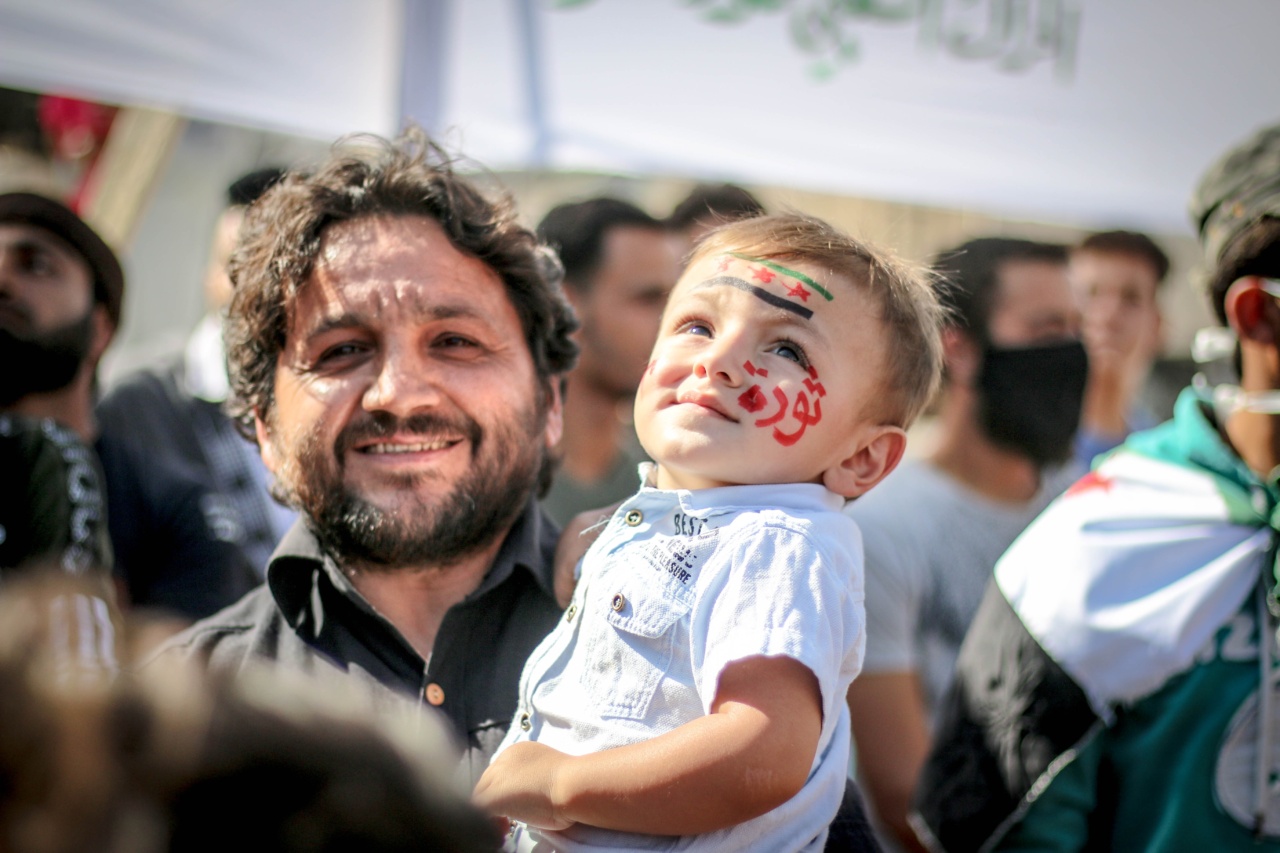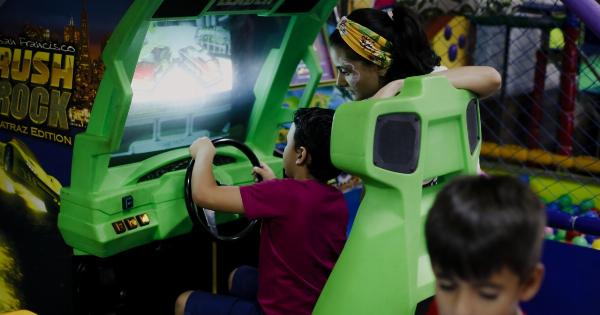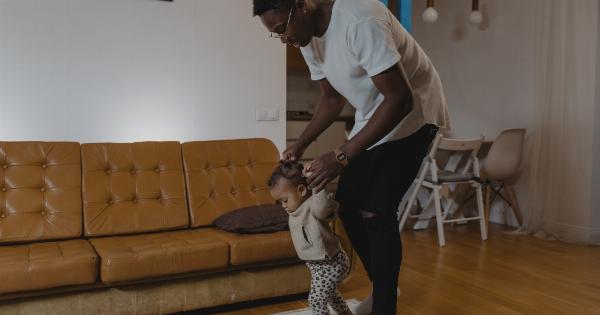Bullying is a serious issue that affects children of all ages, races, and socioeconomic backgrounds. It can have long-lasting effects on a child’s emotional and mental well-being, leading to depression, anxiety, and even suicide in some cases.
As a parent, it is crucial to take a stand against bullying and help your child deal with this traumatizing experience.
What is bullying?
Bullying is a repeated aggressive behavior that is intentional, involves an imbalance of power, and is meant to harm the victim. It can take many forms, including physical, verbal, and cyberbullying.
Physical bullying involves hitting, pushing, or stealing; verbal bullying includes teasing, name-calling, and threatening; cyberbullying involves using social media, text messages, or email to harass, intimidate, or embarrass someone.
Signs your child may be a victim of bullying
It is essential to monitor your child’s behavior and look for any signs that may indicate bullying. Some common signs that your child may be a victim of bullying include:.
- Unexplained injuries or bruises
- Loss of interest in school or activities
- Change in eating habits
- Difficulty sleeping or frequent nightmares
- Withdrawing from friends and family
- Decreased self-esteem or confidence
How to help your child deal with bullying
It is essential to talk to your child and provide emotional support if they are being bullied. Here are some tips that can help:.
- Encourage your child to talk about the experience. Listen to their concerns and let them know that you are there to help.
- Teach your child to respond assertively, not aggressively or passively, when someone bullies them. They should firmly and respectfully tell the bully to stop.
- Help your child develop self-confidence and self-esteem, which will make them less vulnerable to bullying. Encourage them to pursue their interests and hobbies.
- Work with your child’s school to address the issue. Inform the principal or teachers about the bullying, and work together to find a solution.
- Consider seeking professional help if the bullying is severe or if your child is struggling to cope.
How to teach your child to be kind and respectful
Bullying prevention starts at home. Children who are raised in a positive and respectful environment are less likely to bully others. Here are some things parents can do to teach kindness and respect:.
- Model respectful behavior and treat your child with kindness and understanding
- Teach your child the importance of empathy by encouraging them to put themselves in other people’s shoes
- Teach your child to respect differences in people, including race, culture, and religion
- Encourage your child to stand up for what is right and speak out against injustice
- Teach your child conflict resolution skills to help them resolve conflicts in a peaceful and respectful manner
How to recognize if your child is bullying others
It is essential to be aware that your child may be bullying others. Here are some signs that your child may be engaging in bullying behavior:.
- They have a history of aggressive behavior
- They show little empathy towards others
- They have a need to dominate and control others
- They blame others for their problems and refuse to take responsibility for their actions
- They have a group of friends who engage in similar behavior
How to address bullying behavior
If you suspect that your child is engaging in bullying behavior, it is important to address the issue. Here are some tips that can help:.
- Take the behavior seriously. Don’t dismiss it as “just kids being kids.”
- Be clear that the behavior is unacceptable and will not be tolerated. Work with your child to develop a plan to change their behavior.
- Supervise your child’s interactions with others, and encourage positive behavior.
- Seek professional help if necessary.
- Work with the school to address the issue and develop a plan to prevent further bullying.
The importance of creating a culture of kindness and respect
Creating a culture of kindness and respect is crucial in preventing bullying. Parents, schools, and communities must work together to instill positive values in children and promote a safe and inclusive environment.
Here are some ways to create a culture of kindness and respect:.
- Involve parents, students, and teachers in anti-bullying initiatives.
- Encourage students to speak out against bullying and support their peers.
- Provide training for parents, students, and teachers on how to recognize and address bullying behavior.
- Implement consequences for bullying behavior and provide support for the victim.
- Celebrate diversity and promote inclusion, respecting all cultures, religions, races and genders.
Conclusion
Bullying is a serious issue that has long-lasting effects on a child’s emotional and mental well-being. As a parent, it is crucial to take a stand against bullying and help your child deal with this traumatizing experience.
Parents must teach their children to be kind and respectful and create a culture of kindness and respect. By working together, we can prevent bullying and create a safe and inclusive environment for all children.




























